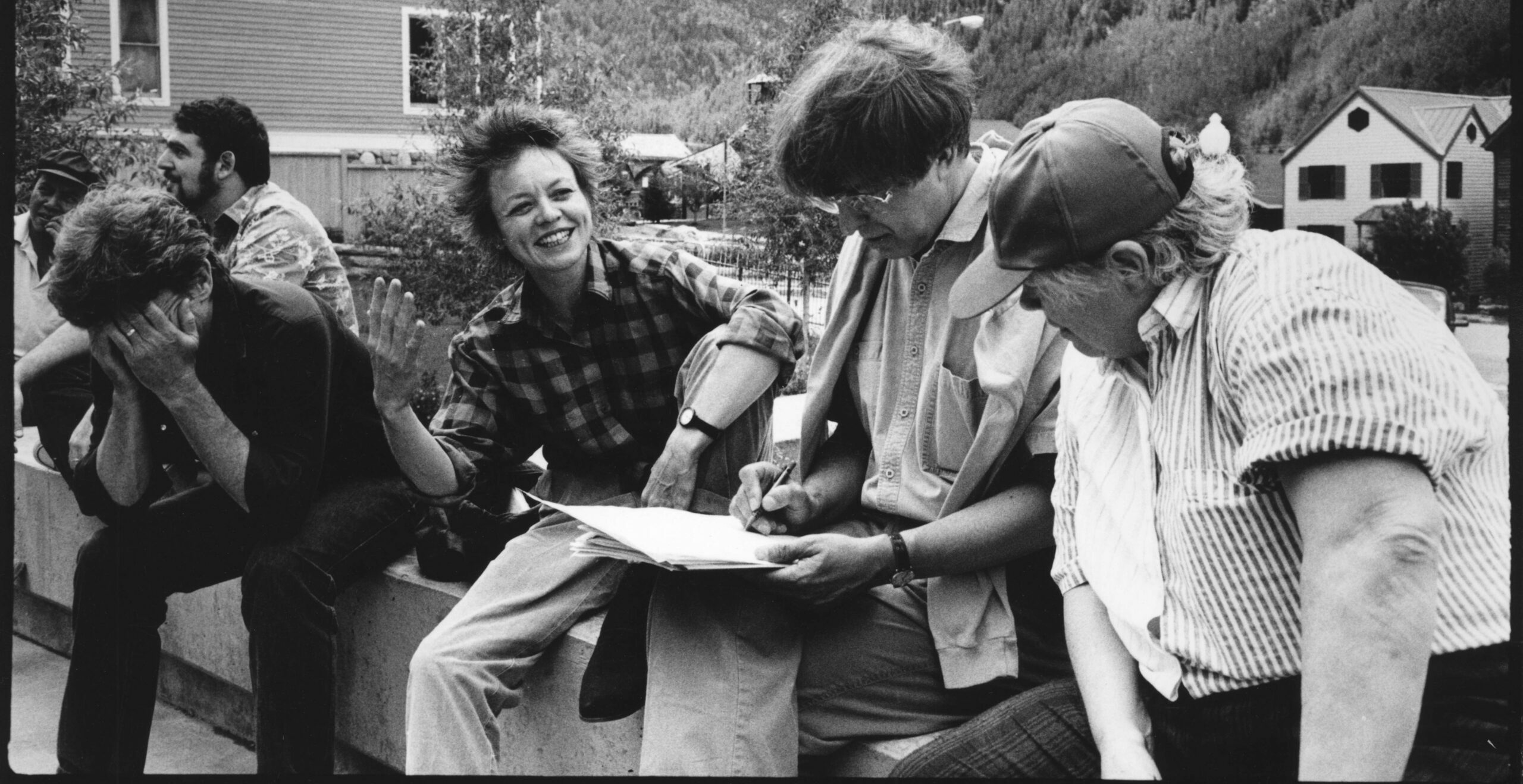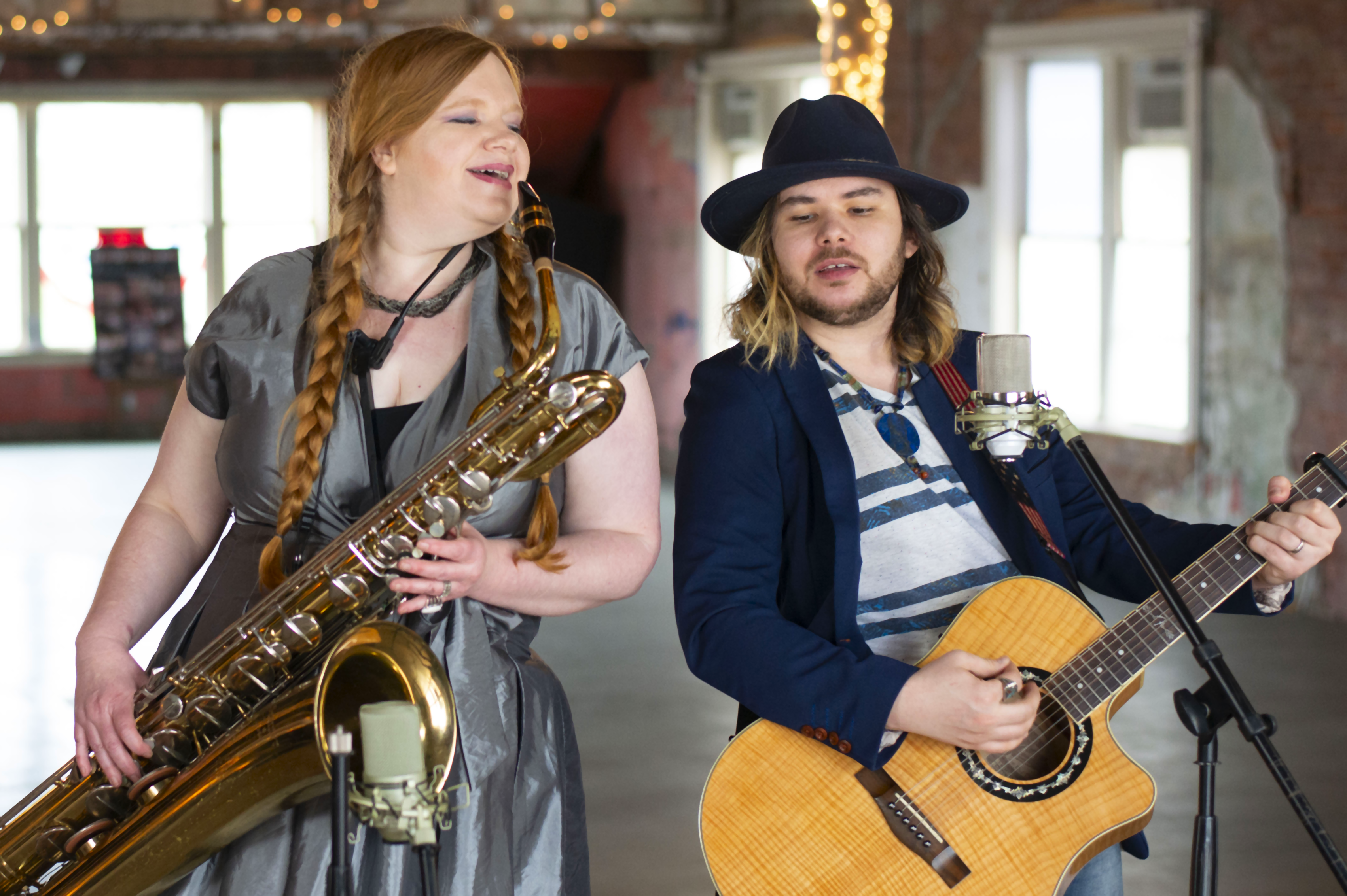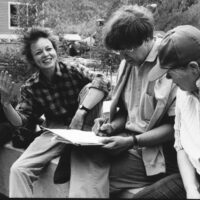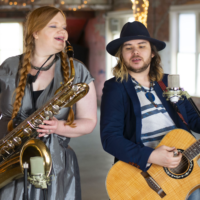
Institutionalized jazz is safe, museum-piece jazz, but the music still happens in basements and lofts and living room performance spaces. These are the alternative venues and institutions for a music that, by definition, is outsider music, counter-culture music.
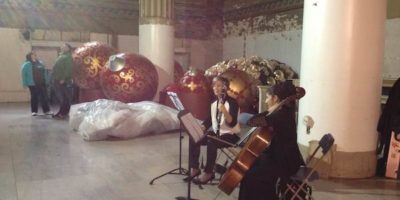
It was Open House Chicago this weekend. Open House is, apparently, a worldwide celebratory architectural free-for-all phenomenon that started in London. But I’ve only ever experienced it in Chicago. Here, it usually falls in late October, when each rainstorm is a tender rite of passage that strips the city of a bit more color.

Twelve orchestras and composers have been selected to receive Music Alive: New Partnerships grants of $7,500 each, the League of American Orchestras and New Music USA announced today.

“Swing” itself, musically speaking, is a pretty vague concept. It has to do with rhythm, but it has to do with so much more than rhythm: it considers the flow of musical experience through the lenses of momentum and vitality.

Finding a way to attend the International Society for Contemporary Music’s annual World Music Days ought to be a new music aficionado’s equivalent to going on the hajj. Here are some highlights from this year’s edition which was held in Wrocław, Poland.
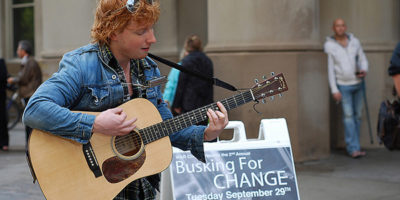
It’s fair to say that we yearn for more opportunities to enjoy music in less formal spaces. But can you still have a valuable musical experience while ordering a drink, chewing an hors d’oeuvre, or making conversation?

Boston loves its exemplars—those acts that either are so singular as to make (and, sometimes, break) the mold, or that so fully embody a sound, or a genre, or an attitude, as to aspire to a kind of universal standard.

When I began to study Hindustani music, I treated the recording of each lesson the way I would have treated the score of a Beethoven sonata, meticulously learning and memorizing each phrase, with all its subtle twists and turns. It took me years to realize that most Hindustani musicians do not practice this way.

Alison Brown, Daoud A. Haroon, and Meshell Ndegeocello are among the 34 newly announced United States Artists Fellows. Each will receive an award of $50,000.

“I like things that are minimal, unexpectedly simple, and surprisingly powerful… In math and music I think it’s really striking how you can take these tiny little ideas, and they can explain huge reactions.”
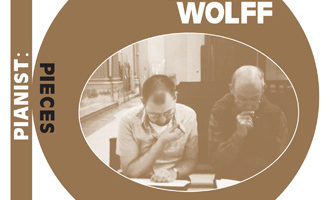
In Wolff’s music, one might say that the implied history of each piece, the fact of its composition, its notation, its interpretation and performance, is elevated to the point where it is not just present, but it is, in fact, how the piece is experienced. Every sound is a reminder of its own origin.

Is a lavish setting one of the chief preconditions for our enshrinement of cultural objects?

I asked my friend and colleague Andrew Tham to join me in attempting to create a new kind of concert review: one that embraced, rather than attempted to deny, our subjectivity; one that could be a bit rough around the edges. What follows is the story of our experience of the Chicago Wandelweiser Festival.
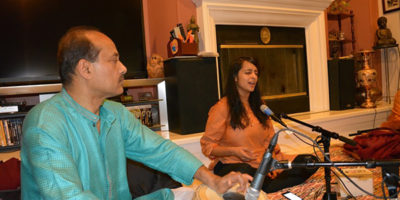
Gurupoornima creates a space for social and musical interaction between students, which helps to establish a community of students of varying levels of proficiency and to inspire them to continue progressing in their studies.

Stating that the DarwinTunes experiment proves that “selection rapidly evolves music from noise,” among other dubious claims, is problematic to say the least. Yet media coverage of the research may be perceived as a mirror of how our society generally interprets music.

Environmental degradation and cultural annihilation aside, the total combination of sounds on the PCT is something that is interesting and wondrous to behold. There’s often a special kind of beauty in the confusion that arises when you’re not entirely sure what you’re hearing.
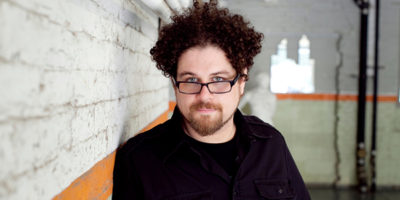
Currently director of composition at Shenandoah Conservatory and composer-in-residence with Opera Philadelphia, Little’s complete catalog is now represented worldwide by Boosey & Hawkes.
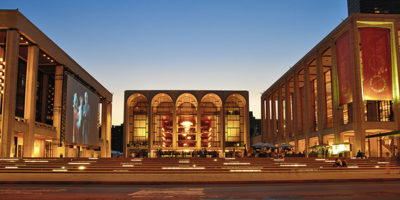
When we listen together, the space in which we convene affects our impression not only of the sound but of ourselves. To what degree are we as audience members encouraged to use our musical experiences to imagine ourselves as royalty of a different era?

Paola Prestini combines wild imagination and controlled practicality on an almost molecular level—it’s as if both are fused together in her DNA. Whether she’s talking about her own multimedia operas or VisionIntoArt, the interdisciplinary arts production company she co-founded 15 years ago, she tends to think big but she always manages to make it happen.

Julia Adolphe and Melody Eötvös will each receive a $15,000 orchestral commission as part of a new program administered by The League of American Orchestras and EarShot to provide commissions and premieres for scores composed by women.
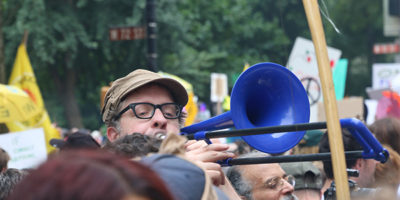
In a crowd, nuance fades away. When the argument is literally framed by a fence in the street, the question of “which side are you on?” can take on a certain stark, if ultimately artificial, clarity.

I’m not saying you can’t hate some pop music; I’m just saying you can’t, in the presence of a practicing postmusicologist, hate on all pop music just because it is popular, disguising elitism as self-pitying pride in new music’s marginalized market position.

We are appalled to see the orchestra’s supremely talented players locked out from playing their concerts while at the same time being asked to accept painful salary cuts and submitting to the reduction in the size and quality of their ensemble.
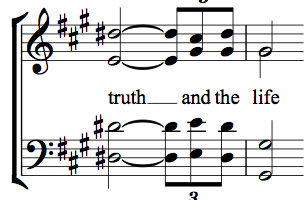
People don’t get together and play—and people don’t get together and listen to other people play—because they love composing. They love something else, something inside, around, below, and above themselves. They love…that’s it; they want to love. Even if they don’t know it, they want to love.




